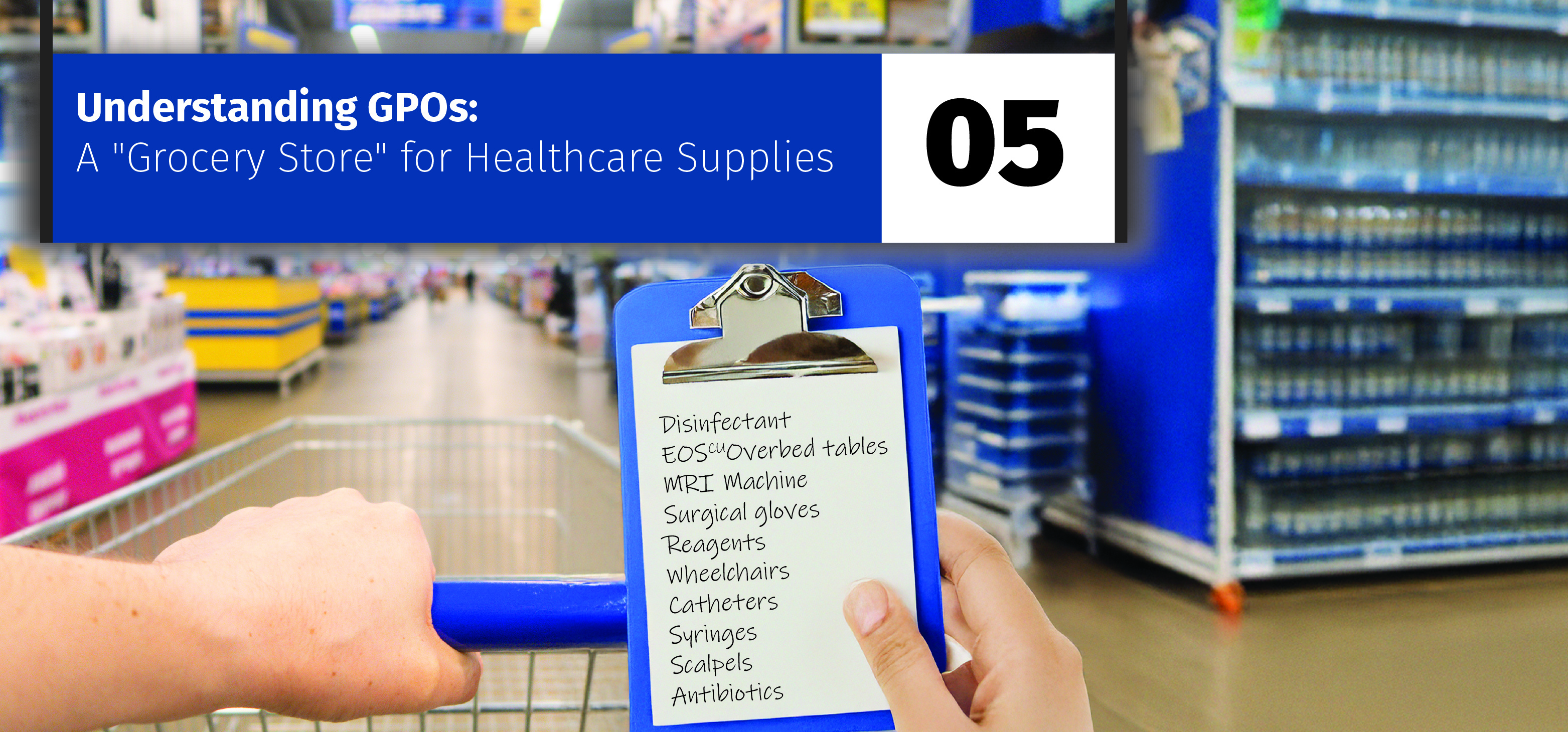Wheel alignment, a critical aspect of car maintenance, often goes unnoticed until your vehicle starts showing signs of discomfort. It's about fine-tuning the angles of your vehicle's wheels in a way that they are parallel to each other and...
Wheel alignment, a critical aspect of car maintenance, often goes unnoticed until your vehicle starts showing signs of discomfort. It’s about fine-tuning the angles of your vehicle’s wheels in a way that they are parallel to each other and perpendicular to the ground. A well-aligned vehicle not only ensures a smooth and comfortable ride but also extends the life of your tires, improving overall performance and safety. This article will delve into the signs of misalignment, the benefits of keeping your wheels aligned, and the right time to get an alignment check.
Types of Wheel Alignment: Camber, Toe, and Caster Explained
Each type of wheel alignment serves a unique purpose and contributes to your vehicle’s optimal performance.
Camber alignment refers to the angle of the wheels in relation to the road when viewed from the front of the vehicle. This can be positive, negative, or zero. Positive camber means the top of the wheel is leaning outwards from the car, while negative camber means it’s leaning inwards. Zero camber indicates the wheels are perfectly perpendicular to the ground. Proper camber alignment ensures even tire wear and stability when turning.
The Toe alignment, on the other hand, is the extent to which your tires turn inward or outward when viewed from above, akin to looking at your feet. A toe-in means the fronts of the tires are closer to each other than the rear, and a toe-out is the opposite. Proper toe alignment significantly reduces tire wear.
Lastly, Caster alignment is the tilt of the steering axis when viewed from the side of the vehicle. Positive caster means the steering axis tilts towards the driver, and negative caster indicates it tilts towards the front of the vehicle. Correct caster alignment enhances steering stability and balance, providing better handling at high speeds.
All three of these alignments are critical to maintaining your vehicle’s health, and they need to be checked regularly to ensure optimum performance.
The Importance of Proper Wheel Alignment
Proper wheel alignment substantially influences fuel efficiency and safety, two paramount considerations for any driver.
Misaligned wheels cause uneven tire wear, resulting in increased rolling resistance. This resistance forces your vehicle’s engine to work harder, thereby consuming more fuel. By ensuring your wheels are correctly aligned, you can minimize this resistance, leading to improved fuel efficiency. Not only does this save money at the pump, but it also contributes to environmental sustainability by reducing your vehicle’s carbon emissions.
In terms of safety, wheel alignment plays an essential role as well. When wheels are misaligned, your vehicle may pull to one side, making it difficult to steer straight, especially at high speeds. This can lead to dangerous situations on the road. Proper wheel alignment ensures balanced and precise control, which is crucial for safe driving. It also improves handling, allowing for a smoother and more comfortable ride, and extends the life of your tires, reducing the likelihood of sudden tire wear or blowouts. Thus, frequent wheel alignment checks are necessary to maintain a safe and fuel-efficient vehicle.


Signs You Need a Wheel Alignment: What to Watch Out For
Detecting misalignment early can prevent costly repairs and replacements. Here are some signs that your vehicle may require a wheel alignment:
Uneven or Rapid Tire Wear: One of the most apparent signs of misalignment is unusual wear patterns on your tires. If you notice that the tires are wearing out faster on one side, or if the rear tires have different wear patterns than the front ones, it’s probably time for a wheel alignment check. Vehicle Pulls to One Side: A common indicator of wheel misalignment is if your vehicle veers to the left or right while driving straight. This pulling can be subtle and gradual or rather noticeable. It’s important to get an alignment check when you start observing this behavior. Steering Wheel Vibrates: Excessive wheel vibration, especially when driving at high speeds, can also suggest a need for alignment. This often results from tires pulling in opposite directions, leading to an unstable steering wheel. Off-Center Steering Wheel: If your steering wheel is crooked or off-center when driving straight, your wheels may be poorly aligned. A centered steering wheel promotes better control and safety.If you experience any of these symptoms, it’s advisable to schedule an alignment check with a professional. Regular maintenance, including wheel alignment, is a crucial part of safe driving and prolonging the life of your vehicle.
Common Misconceptions About Wheel Alignment Debunked
Misconceptions and misinformation about wheel alignment have been widely circulated, leading to confusion among vehicle owners. It’s time to debunk these myths and clarify the facts:
Wheel Alignment is Not Necessary After Purchasing New Tires: Often, vehicle owners believe that alignment is not required when installing new tires. This assumption is incorrect. Even if your vehicle was aligned recently, it is crucial to have an alignment check when you get new tires. This ensures the longevity of the new tires and maintains optimal vehicle performance. Wheel Alignment and Wheel Balancing are the Same: These are two different maintenance tasks. Wheel balancing ensures that your tires and wheels rotate without causing vibrations, while wheel alignment ensures that your tires are adjusted to the manufacturer’s specifications for optimal contact with the road. Both are crucial for maintaining your vehicle’s performance and safety. All Vehicles Require the Same Type of Alignment: Wheel alignment specifications can vary considerably between different makes and models of vehicles. It’s essential to consult your vehicle’s manual or speak with a qualified mechanic to understand the correct alignment for your specific vehicle. DIY Wheel Alignment is Just as Effective: Though you may find numerous DIY guides online for wheel alignment, it’s a complex job that requires specialized equipment and expertise. Hence, it’s best to leave this job to qualified professionals.Wrapping Up
Wheel alignment is a crucial maintenance task that should not be overlooked or neglected. Proper alignment ensures improved fuel efficiency, better handling, and safer driving conditions. Be aware of the signs your vehicle needs an alignment check and make sure to schedule regular maintenance to keep your car in the best condition possible.
For our readers in South Florida, stop by Miami Power Wheels for a professional wheel alignment service today. Our experienced technicians have the latest tools and technology to ensure your vehicle is always aligned correctly, saving you time, money, and peace of mind. Contact us at (305) 553-1888 or visit our website to schedule an appointment.
And if you have not checked out our YouTube Channel, be sure to subscribe and stay tuned for our car reviews.
The post Understanding Wheel Alignment: Signs, Benefits, and When to Do It appeared first on Miami Power Wheels.











